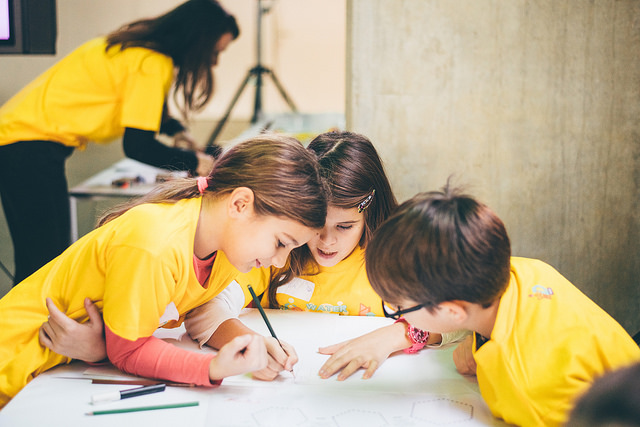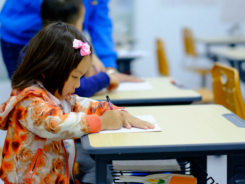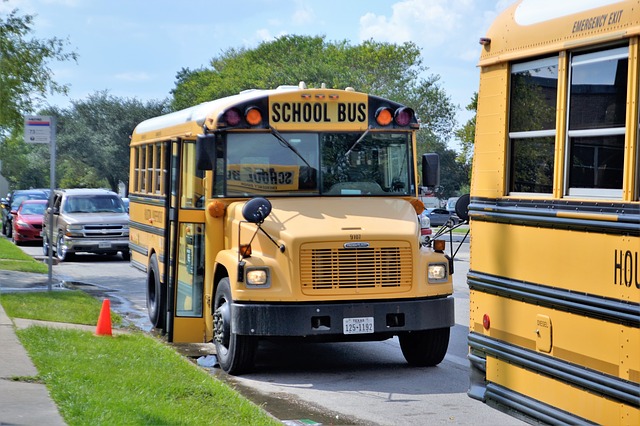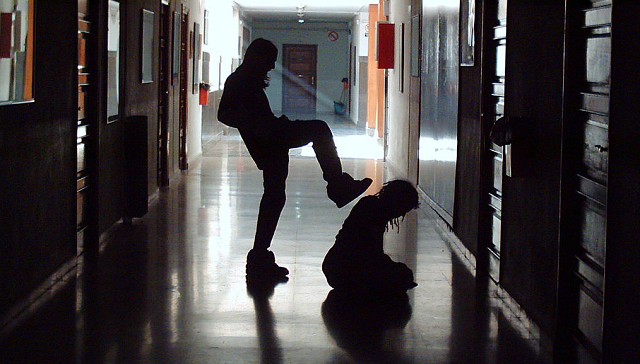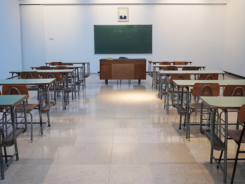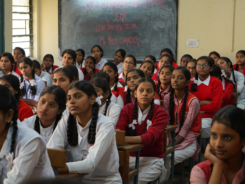What can US learn from Finland’s Education System? Starting the school at the age of seven, Finnish children only have four hours of classes in a day and receive no homework until they become teenagers. Even then, they beat almost every country in international test results.
Another great thing is that these high results are delivered by every school in Finland irrespective of the socioeconomic factors.

But these results are not the aftermath of a sudden reform. These results are a result of the educational reforms that started back in 1970s. The reforms were drive by a realization of people of Finland when they were sans natural resources –like oil and gas. What people of Finland realized was that everybody should be educated, all the children well. Not just education for everyone, but high-quality education for everyone with equal opportunities.
The reforms were done with focus on the well-being of students to achieve equity.
Even though the reform process started after World War II but implementation was done in 1970s. The results startled the world in 2001. Finland became the leader in reading, third in scientific literacy and fourth in mathematics among 72 countries.
It can be learnt from here that rushing education reforms may ruin them. But that doesn’t mean your country needs 30 years for a reform like Finland yet 3 years will be a short period for a reform.
Other factors that add to the success of Finnish education system are –teachers are required to have at least master’s degree in education, schools are funded on the basis of needs, no national level assessments until students reach their late teen years, nutritious lunch, comprehensive special education services, and embedded health services.
It is said that Finnish education system can only work in countries which are less multicultural, or less inequality.
This is a common myth, Finland had economic disparities earlier and they took steps to counter it in 1960s. Other nations can learn from it. The biggest issue in other education systems is the lack equity.
Singapore is a multicultural country which has topped the PISA ranking. However, their approach towards education is completely different to Finland’s.
Starting from primary school, students are tested regularly and are streamed based on ability. Rich parents also send their children to extra tuition after the school hours.
However, this system fails for Malay students. Their achievement rates lag much behind the other communities in Singapore.
It is not recommended for nay country to follow the whole education model of either Finland or Singapore. Rather, the focus should be on figuring out the wrong leads. Most of the countries like United States, England, Australia, and New Zealand have been following the wrong leads for decades.
Wrong leads consist of excessive accountability, voucher systems and market principles embedded in education.
The focus of education should shift towards well being of students as the first priority. The nations should consider equity and well being of the children as the main priority in the schools.




